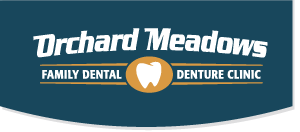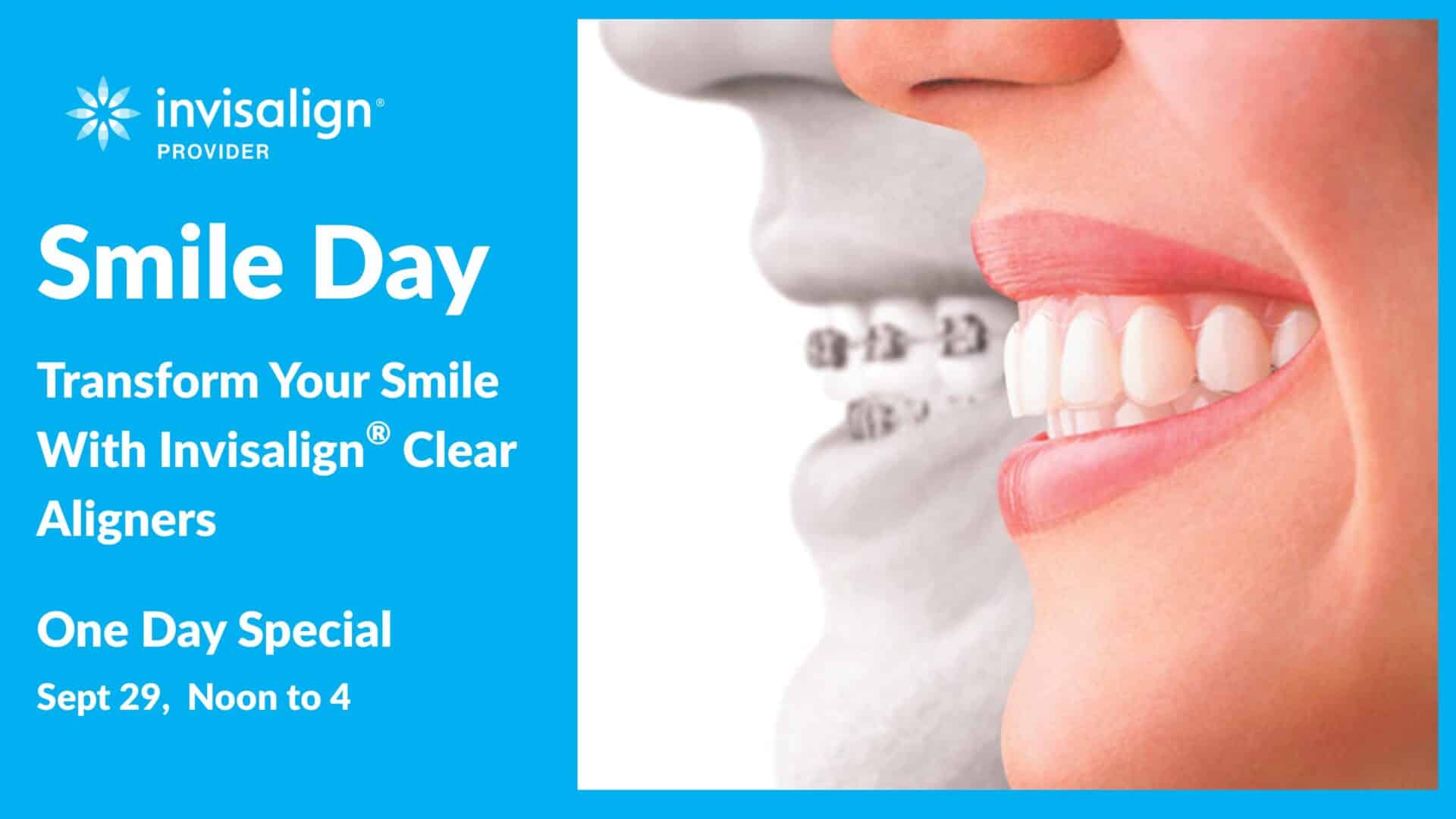Dental Bridges in Rapid City & Spearfish, SD
 Missing teeth can affect more than your appearance—they can alter your ability to chew, speak clearly, and maintain proper oral health. Dental bridges offer a trusted solution, effectively “bridging” the gap left by one or more missing teeth.
Missing teeth can affect more than your appearance—they can alter your ability to chew, speak clearly, and maintain proper oral health. Dental bridges offer a trusted solution, effectively “bridging” the gap left by one or more missing teeth.
Whether you’re seeking to enhance your smile or improve everyday comfort, dental bridges provide a durable, natural-looking option designed to last. At Orchard Meadows Family Dental & Denture Clinic, we offer custom dental bridges designed to restore function, enhance appearance, and protect your smile.
Benefits of Dental Bridges
Dental bridges offer more than just a cosmetic fix—they provide lasting advantages that can improve quality of life. Benefits include:
- Restored Functionality: With dental bridges, you can chew, bite, and speak with ease, as they fill gaps and restore natural oral function.
- Enhanced Appearance: Bridges are custom designed to blend seamlessly with your natural teeth, restoring the beauty of your smile and boosting your confidence.
- Prevent Teeth from Shifting: Missing teeth can cause surrounding teeth to shift, leading to bite problems and jaw misalignment. Dental bridges help keep your teeth properly aligned.
- Preserve Facial Structure: Over time, gaps in your smile can cause changes to your facial structure. Dental bridges support the surrounding teeth and jaw, helping maintain a youthful appearance.
- Durability and Long-Term Stability: Made from high-quality materials, dental bridges are designed to withstand daily use and, with proper care, can last for many years.
- Improved Oral Health: Dental bridges help protect against additional tooth loss, gum disease, and bone deterioration.
Why Choose Orchard Meadows for a Dental Bridge
 At Orchard Meadows Family Dental & Denture Clinic, we combine expert care, affordability, and personalized attention to provide exceptional results for our patients. With a full-service dental office and an onsite cosmetic dentistry lab, our team can design and craft your custom dental bridge with precision and efficiency, ensuring a natural-looking, durable solution to restore your smile. Our dentists focus on patient-centered care, offering advanced preparation and detailed consultations to tailor treatment plans to your needs.
At Orchard Meadows Family Dental & Denture Clinic, we combine expert care, affordability, and personalized attention to provide exceptional results for our patients. With a full-service dental office and an onsite cosmetic dentistry lab, our team can design and craft your custom dental bridge with precision and efficiency, ensuring a natural-looking, durable solution to restore your smile. Our dentists focus on patient-centered care, offering advanced preparation and detailed consultations to tailor treatment plans to your needs.
Our mission is to prioritize your comfort, care, and happiness throughout your dental journey. Whether you’re replacing one tooth or several, we aim to make the process as smooth and stress-free as possible. From the initial consultation to the final bridge placement, you can feel confident that our skilled team will deliver results that will meet your needs.
Schedule a Consultation in Rapid City
If you’re exploring tooth replacement options and want a solution that is durable, natural in appearance, and designed to restore both function and aesthetics, a dental bridge may be exactly what you need. Dental bridges not only help you chew and speak more comfortably, but they also preserve the alignment of your remaining teeth and enhance your overall smile. Contact Orchard Meadows Family Dental & Denture Clinic in Rapid City at (605) 737-3150 to schedule your personalized consultation and take the first step toward restoring comfort, confidence, and lasting oral health with a treatment plan tailored just for you.
Frequently Asked Questions
How long does a dental bridge last?
A dental bridge can last approximately 10-15 years or longer with proper care.
Is getting a dental bridge painful?
The dentist usues local anesthesia, so the procedure is generally not painful. There may be some mild discomfort after the procedure, but typically it quickly subsides.
How do I know I’m a good candidate for a dental bridge?
If you have one or more missing teeth, healthy teeth adjacent to the open space that can support the bridge, and good oral health overall you are likely a good candidate for a dental bridge.
Can I eat normally with a dental bridge?
Yes! A properly fitted dental bridge allows you to eat most foods normally, but you may want to avoid very hard or sticky items.
What is a dental bridge?
A dental bridge is a non-removable prosthetic designed to fill the space left by missing teeth. It consists of one or more artificial teeth supported by crowns on adjacent natural teeth or implants.
What makes a dental bridge a suitable replacement option?
Bridges are a great option if you prefer a fixed restoration and have healthy teeth on both sides of the missing tooth. They offer a practical alternative to implants and restore the function and appearance of your smile.
What is the procedure for getting a bridge performed?
After preparing the surrounding teeth, your dentist takes impressions to design a custom bridge. A temporary version is placed while your permanent bridge is being created. At the next appointment, your final bridge is fitted and securely bonded.
How do I take care of a dental bridge?
Good brushing and flossing habits are essential. Clean around the bridge daily using a floss threader or specialized brush. Don’t skip dental cleanings or checkups, as your bridge and surrounding teeth need regular care.
How do I know if I’m a candidate for a dental bridge?
If you have one or more missing teeth and healthy teeth on either side of the space, you’re likely a good candidate. Your dentist will also assess your gum health and overall oral condition to confirm eligibility.
Can I eat normally after getting a dental bridge?
Yes, a properly placed bridge allows you to eat most foods comfortably. However, you may want to avoid particularly sticky or hard items that could damage the restoration.
What is the difference between a bridge and an implant?
A bridge relies on surrounding teeth for support, while an implant is surgically anchored in the jawbone. Your dentist can help you choose the right option based on your oral health and personal preferences.
What should I expect after the procedure?
Most patients adapt quickly to their new bridge. Mild sensitivity or discomfort is common in the first few days. With proper care, you’ll soon eat and speak normally.
How do I care for my bridge?
To extend the lifespan of your bridge, it’s important to practice daily oral hygiene. Brush and floss thoroughly, especially around and under the bridge. Using a floss threader or interdental brush can help clean hard-to-reach areas. Regular dental checkups also help maintain both the bridge and your overall oral health.

